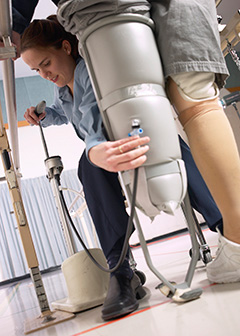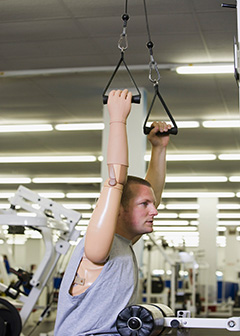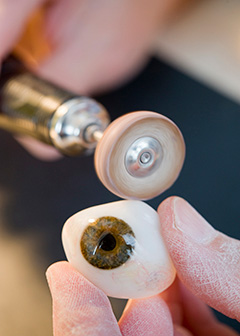Summary

| Quick Facts: Orthotists and Prosthetists | |
|---|---|
|
$65,060 per year
$31.28 per hour |
|
| Master’s degree | |
| None | |
| None | |
| 6,300 | |
| 12% (About as fast as average) | |
| 800 | |
What Orthotists and Prosthetists Do
Orthotists and prosthetists, also called O&P professionals, design medical support devices and measure and fit patients for them. These devices include artificial limbs (arms, hands, legs, and feet), braces, and other medical or surgical devices.
Work Environment
Most orthotists and prosthetists work in offices that allow them to interact with patients and to design orthotic and prosthetic devices.
How to Become an Orthotist and Prosthetist
Orthotists and prosthetists need at least a master’s degree in orthotics and prosthetics and certification before entering the field. Both orthotists and prosthetists must complete a 1-year residency before they can be certified.
Pay
The median annual wage of orthotists and prosthetists was $65,060 in May 2010.
Job Outlook
Employment of orthotists and prosthetists is expected to grow by 12 percent from 2010 to 2020, about as fast as the average for all occupations. The aging baby-boom population will create a need for prosthetists because the two leading causes of limb loss, diabetes and cardiovascular disease, occur more frequently as people age. The demand for orthotic devices, such as braces and orthopedic footwear, will likely increase because older people tend to need these support devices.
Similar Occupations
Compare the job duties, education, job growth, and pay of orthotists and prosthetists with similar occupations.
O*NET
O*NET provides comprehensive information on key characteristics of workers and occupations.
Contacts for More Information
Learn more about orthotists and prosthetists by contacting these additional resources.







